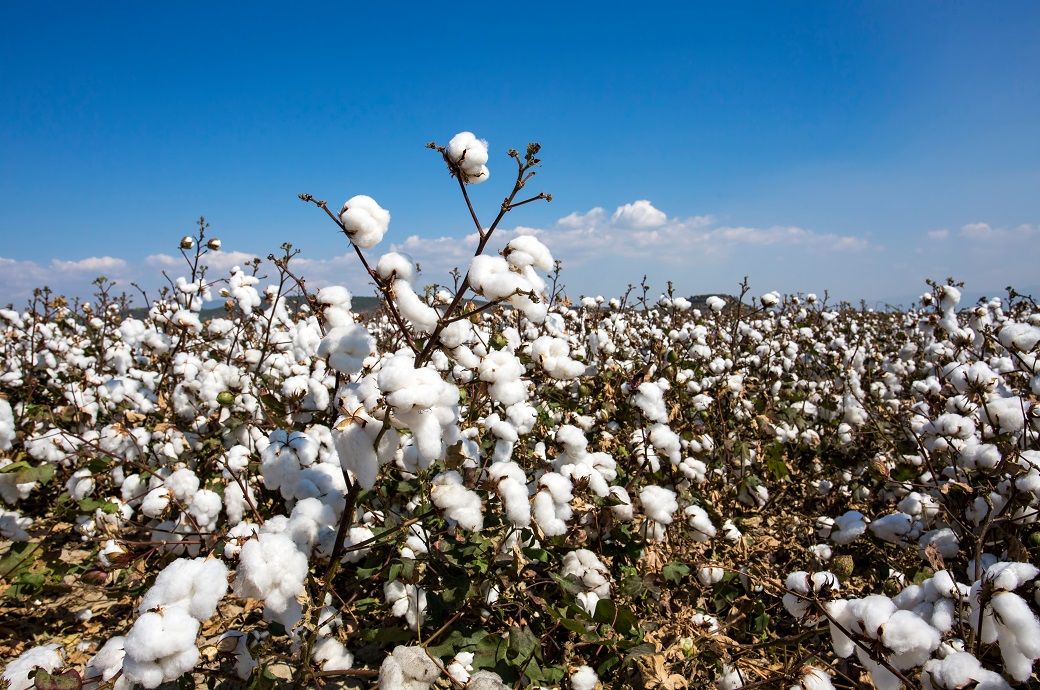
The 81st Plenary Meeting of the ICAC has the theme, 'Cotton Value Chain: Local Innovations for Global Prosperity'. Scheduled for December 2-5, 2023, at the Jio World Convention Centre in Mumbai, the conference will be followed by a technical tour of India's cotton and textile industries from December 6 to December 8.
The first speaker was the head of textiles, Kanwar Usman, whose presentation was on ‘Forecasting Global Textiles Demand and Supply: Trends and Insights'. He analysed global GDP trends, key economic developments, the international textiles trade, and gave a detailed readout of major textile product trade, offering a comprehensive snapshot of the current and future textiles landscape.
The second report, entitled ‘Global Economics of Cotton Production’, was delivered by chief scientist Keshav Kranthi. He discussed cotton’s economic contribution that includes employment for 23.9 million farmers, 2.63 billion man-days of work, and 125 million people throughout the value chain. He also covered critical sustainability issues including pesticide usage, water consumption, fertiliser applications, and cotton’s environmental impact compared to other fibres, ICAC said in a press release.
The third speaker was commodity trade analyst Parkhi Vats, who discussed the World Cotton Market Outlook. She provided a recap of the 2022-23 season, trends on production and consumption, global yields and price trends, and the influence of prices on plantings. Vats also spoke about world cotton trade and specialty cotton, providing data on the slowing cotton lint trade, identifying the world’s cotton lint exporters, the world’s top long staple and extra-long staple producers and consumers, and total cotton production under identity programmes.
Economist Lorena Ruiz closed the session with a presentation on production and trade subsidies affecting the cotton industry. An unbiased analysis of government support provided to cotton farmers globally, her data was drawn primarily from government agencies, and supplemented by open-source information.
The session chair was Lalit K Gupta, chairman-cum-managing director, Cotton Corporation of India, and the co-chair was Sourabh Kulkarni, director, Office of the Textile Commissioner.
Fibre2Fashion News Desk (DP)